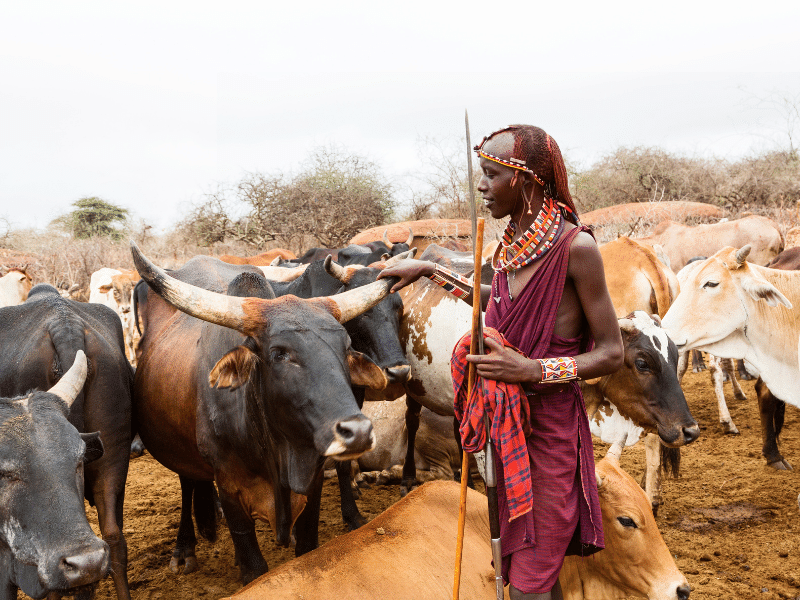For summer 2024, we’re excited to announce our new Smithsonian Student Travel program in Kenya and Tanzania! These East African countries are home to renowned conservation areas and some of the world’s most iconic megafauna, and are ideal locations for the next generation of conservationists to deepen their understanding of the importance and complexities of protecting wildlife and natural landscapes. We’ll also have plenty of fun, outdoor adventures, and an introduction to local communities and cultures on this once-in-a-lifetime journey through Kenya and Tanzania.
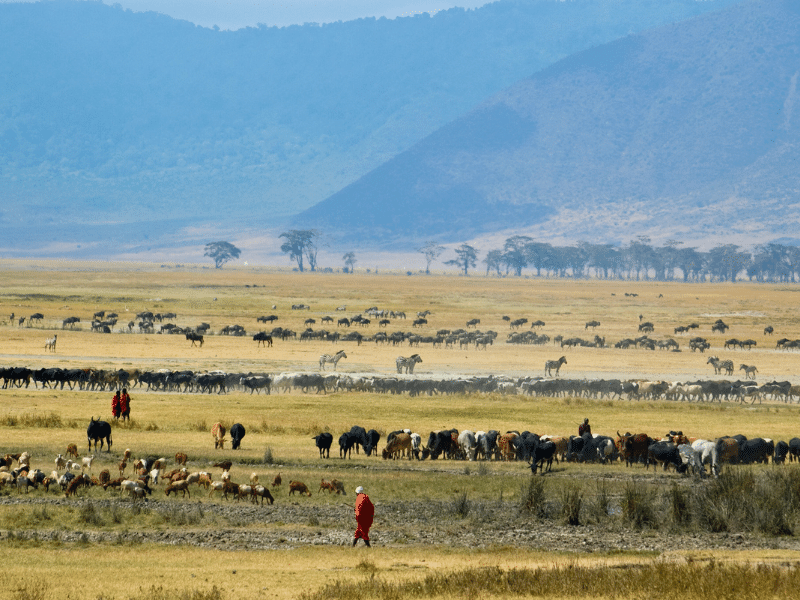
The program begins at the Mpala Research Centre, a research facility located on Kenya’s Laikipia Plateau which is jointly operated by the Smithsonian, Princeton University, the Kenya Wildlife Service, and the National Museum of Kenya. Our focus will be learning about the Smithsonian’s efforts in research, conservation, public health, and education across the region through a variety of hands-on activities with the program leaders, the Mpala Centre team, and our Smithsonian Student Travel expert (more on Dr. Angwenyi below). In what will be a busy and exciting week, the group will tour Mpala’s campus and labs, see local conservation projects in action, conduct wildlife counts on game drives, identify plant and animal species on guided naturalist hikes, spend a day at a neighboring conservancy home to rhinos and elephants, meet with a local women’s group for a lesson on their traditional beading craft, and visit a bongo reintroduction program on the forested slopes of Mt. Kenya.
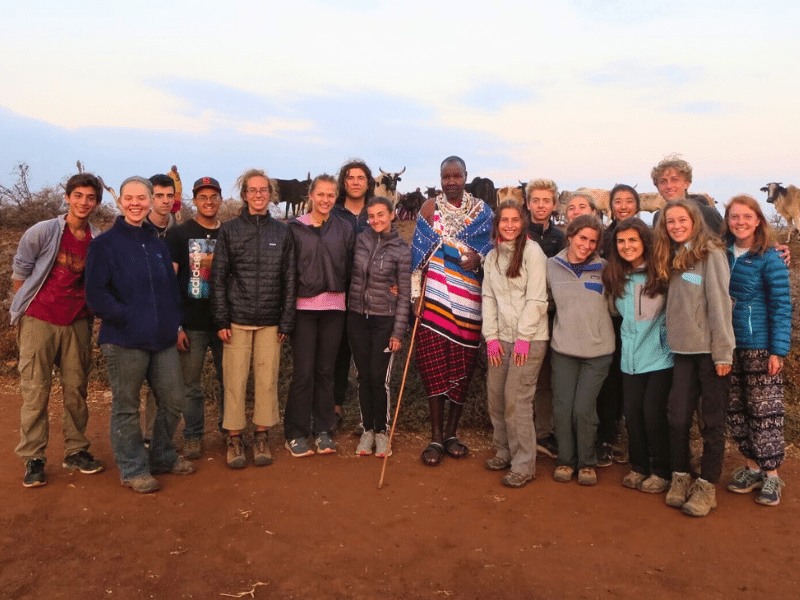
While at Mpala, we’re thrilled to have both groups joined by wildlife veterinarian and researcher, Dr. Shaleen Angwenyi, as our Smithsonian Student Travel expert. Dr. Angwenyi is currently the wildlife health and disease surveillance manager with Smithsonian’s Global Health Program in Kenya. Her interests are in endangered species recovery programs and wildlife disease surveillance. As a Wildlife Conservation Network Veterinary Scholar and a National Geographic Explorer, Dr. Angwenyi dedicates her time and expertise to encourage young scientists to join the wildlife field. She uses her unique blend of passion and technical expertise to promote the health of the heritage that is Africa’s wildlife and the ecosystems to which they belong.
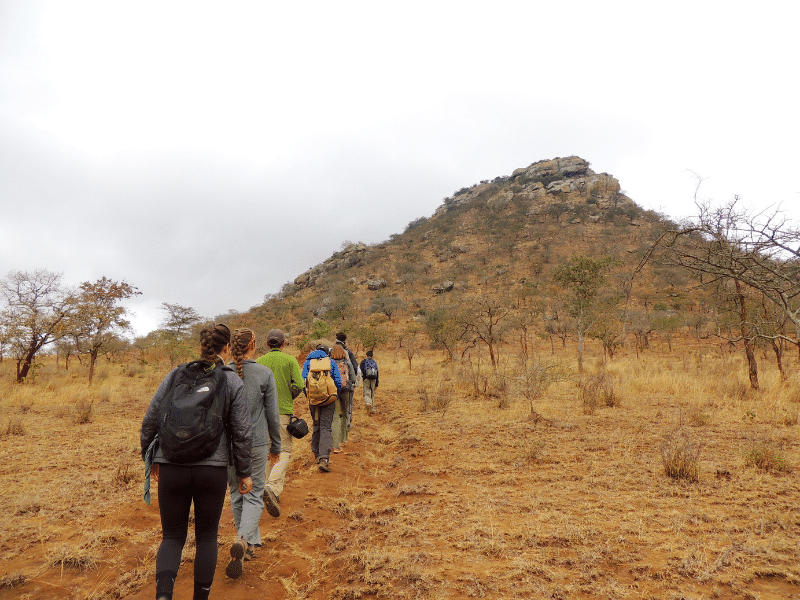
After saying farewell to our friends at Mpala, we’ll visit Kenya’s Lake Naivasha region to embark on an adventure hiking to the top of Mt. Longonot, a stratovolcano soaring above the Great Rift Valley, then journey onward to Tanzania for the final week of the program.

Each day in Tanzania is spent learning alongside our professional Tanzanian safari guides and Maasai hosts. Whether it’s a game drive, a guided naturalist walk in the bush, a field lesson, or conversation around the campfire in the evening, we’ll be building our understanding of the successes and challenges conservationists encounter when working with local communities to protect wildlife. We begin at the Ngorongoro Crater which lies within the Ngorongoro Conservation Area. The 100-square-mile crater floor, with its plains, woodlands, and soda lakes, offers unparalleled opportunities to spot zebras, wildebeest, hyenas, flamingoes, and rare black rhinos up close. After a day exploring the crater, the group will stay at a camp perched on its rim, then head west into Serengeti National Park. Our base in the Serengeti is Seronera, an area in the heart of the park, known for its sweeping vistas and large population of predators, including leopards, lions, and cheetahs. We spend our final days in Tanzania as guests of the Maasai community on their land at the base of the Great Rift Wall that was once a traditional hunting ground and now managed by the Maasai for both wildlife habitat and grazing.
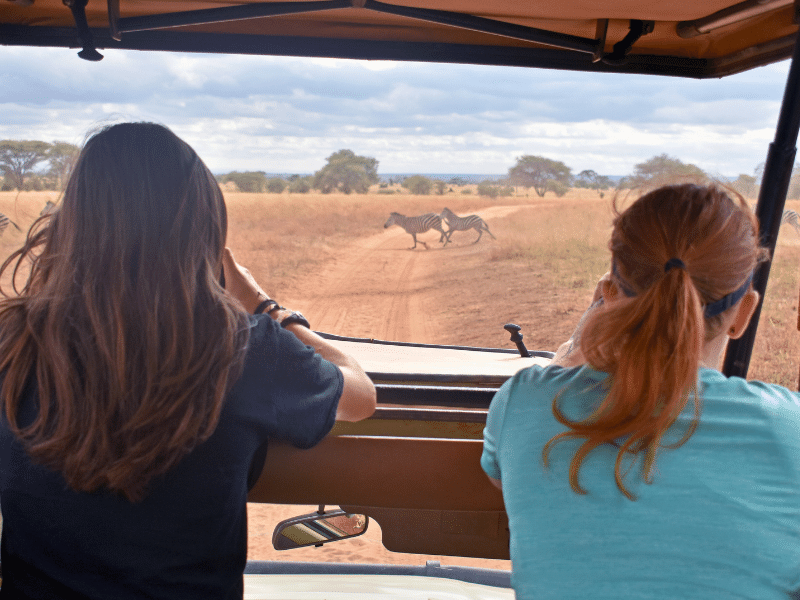
Give us a call at 866-870-2350 to learn more about this special opportunity to explore cutting-edge conservation work across two countries in East Africa. We hope you’ll join us!

